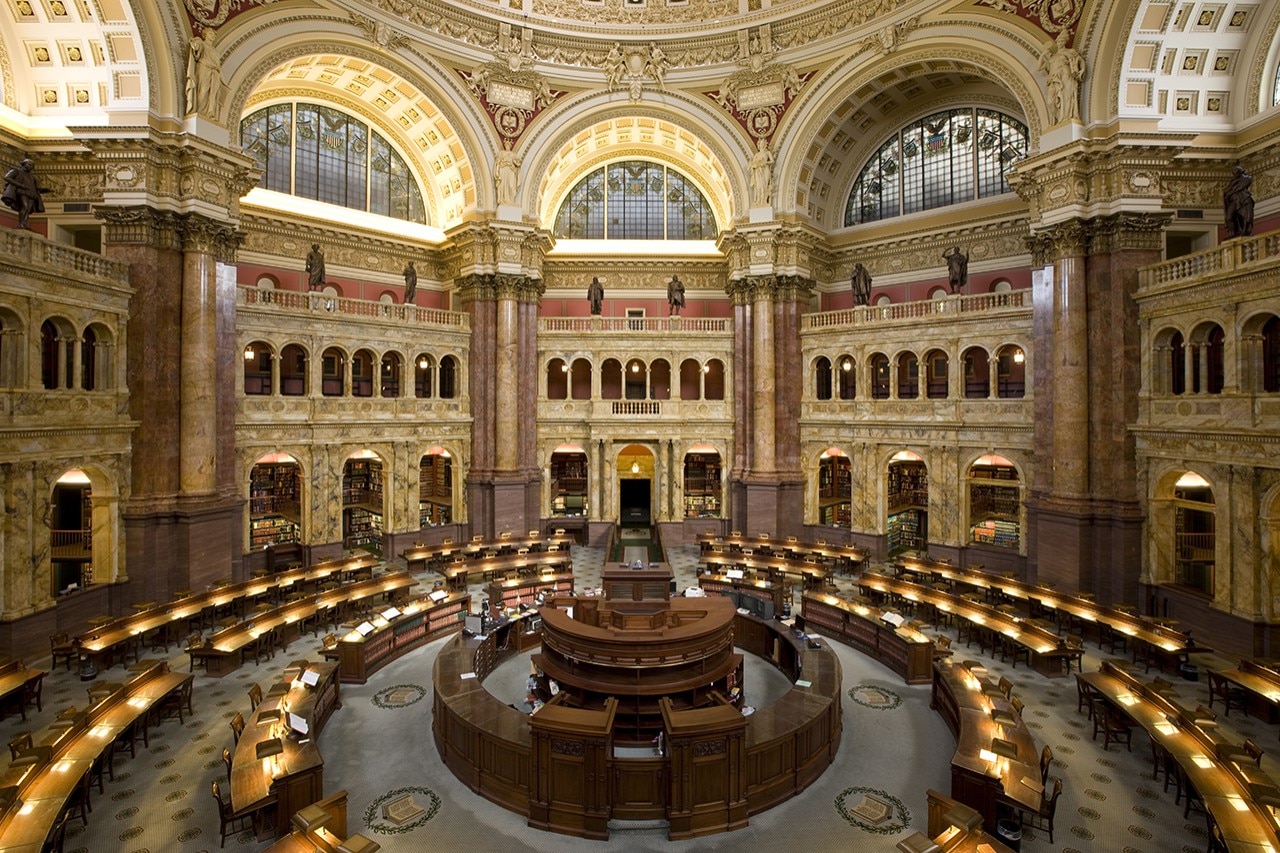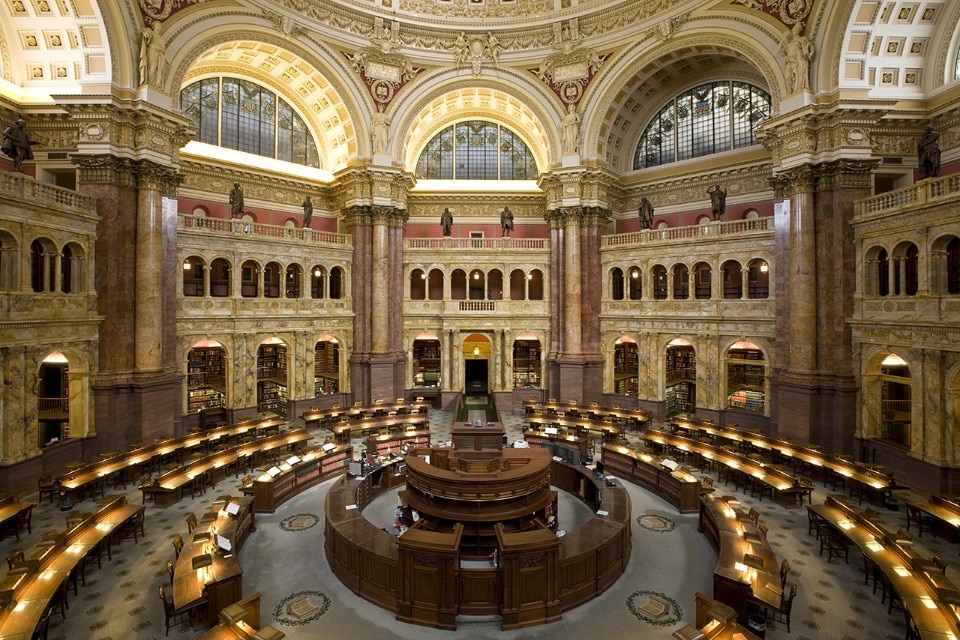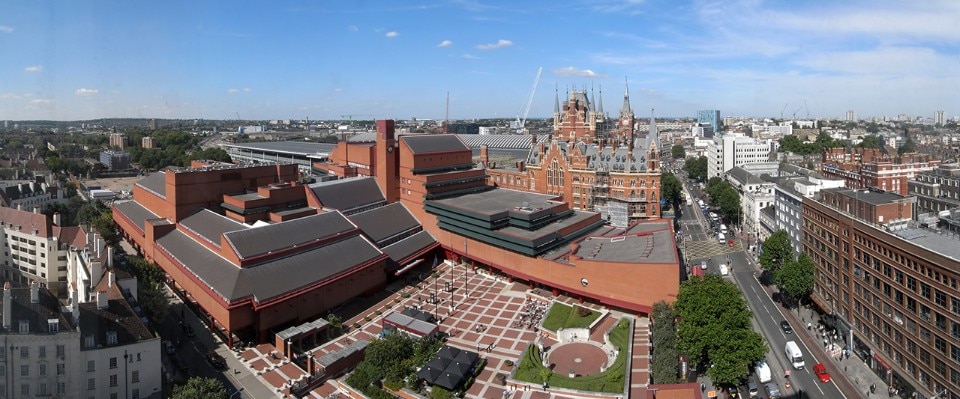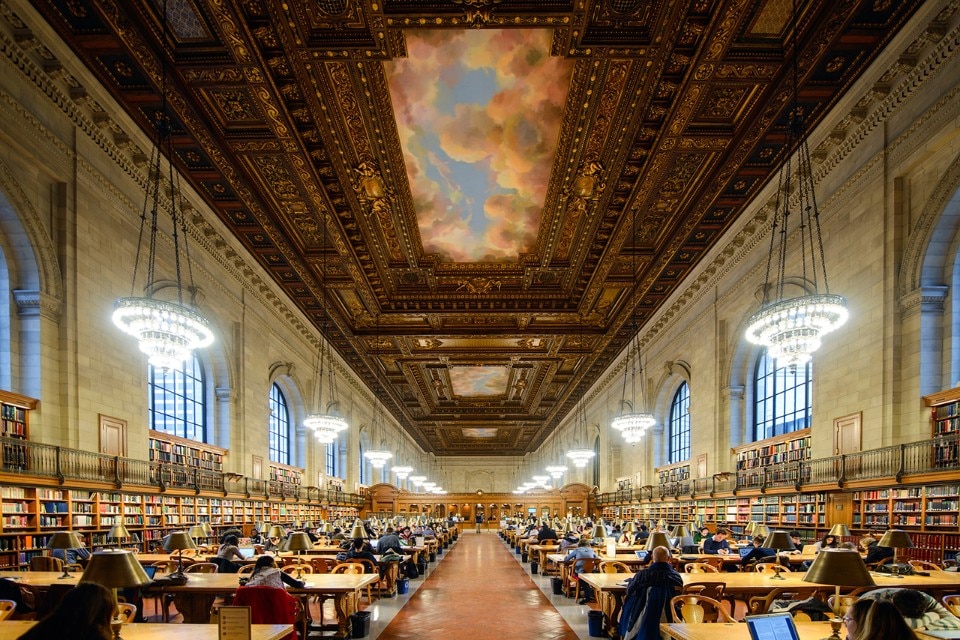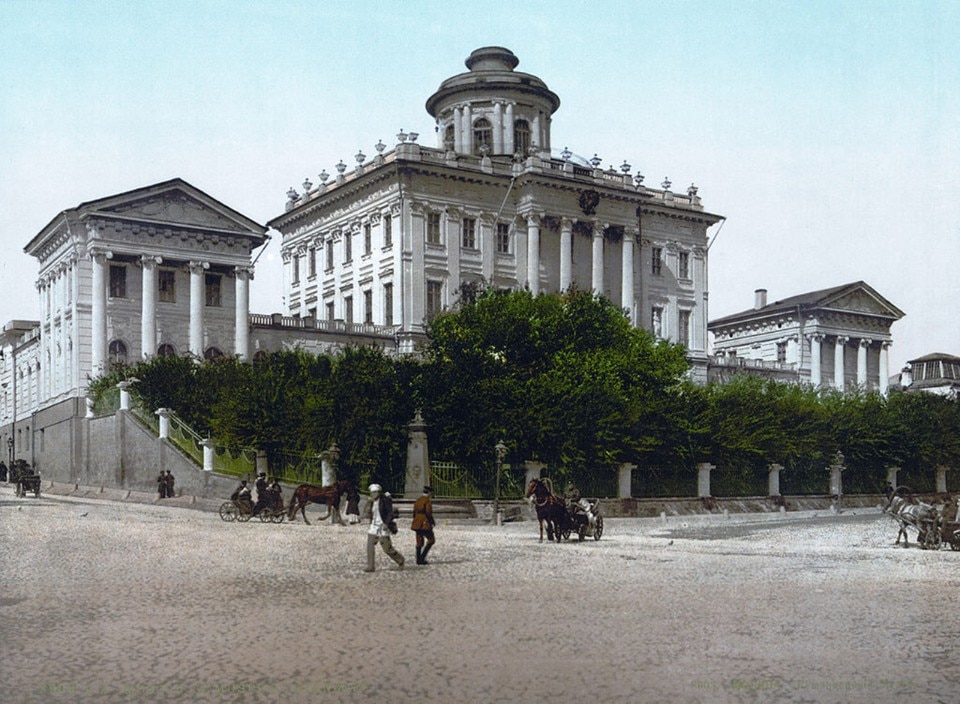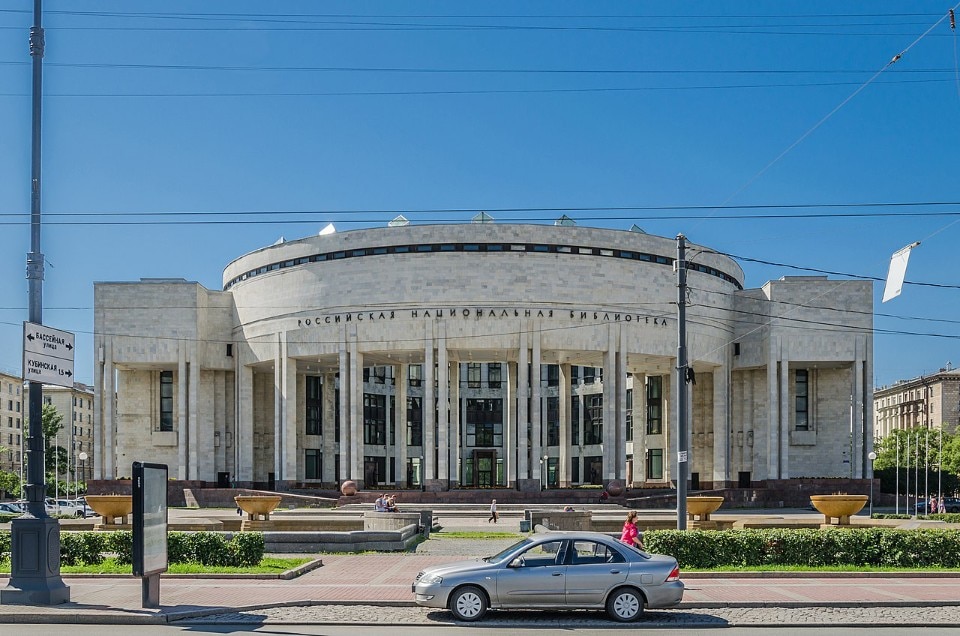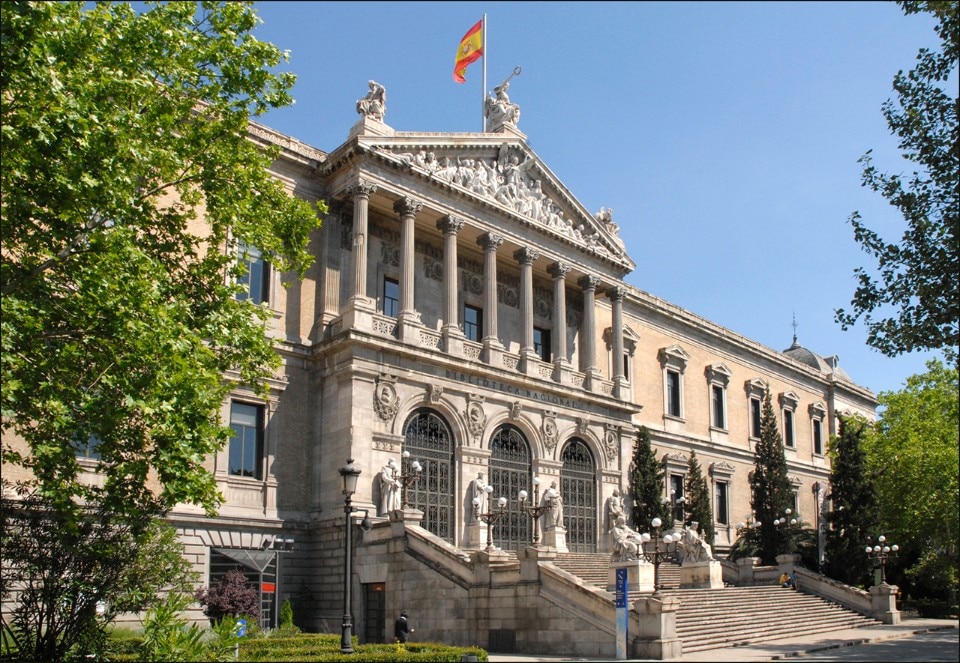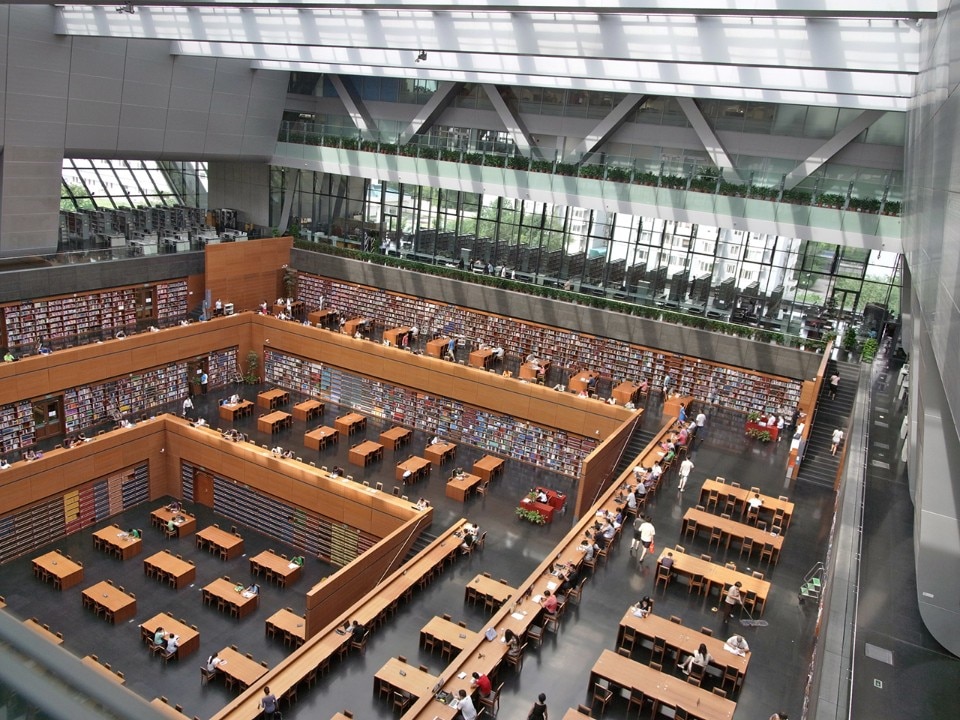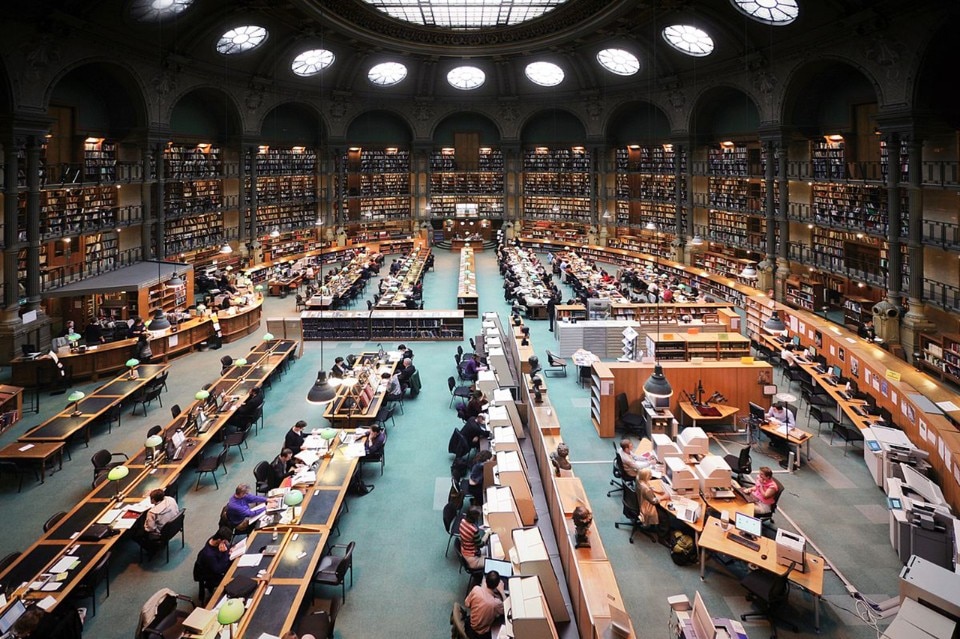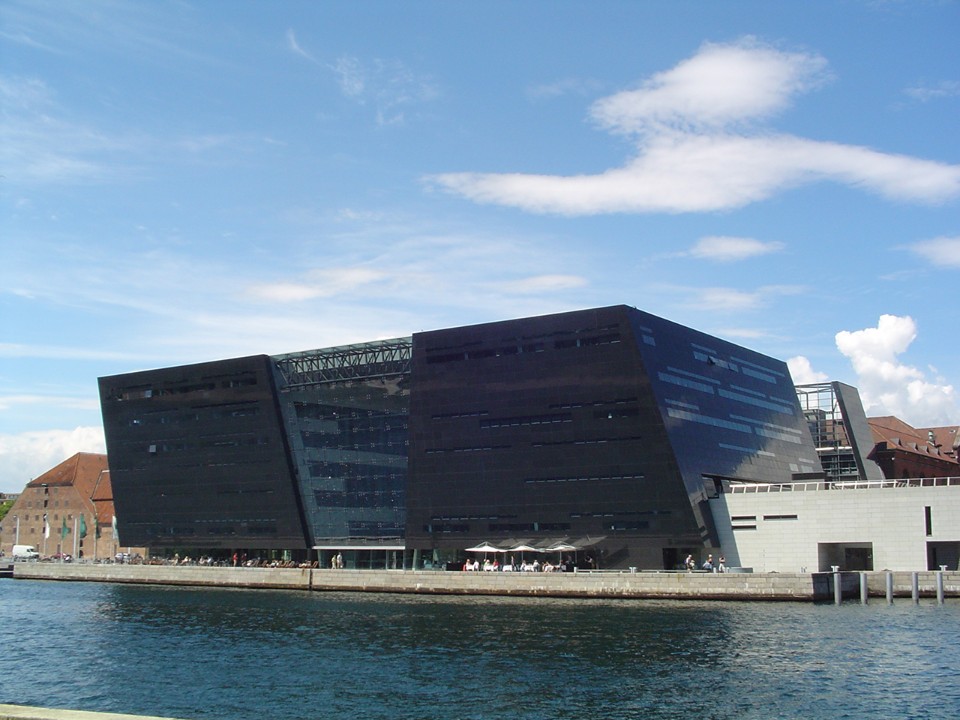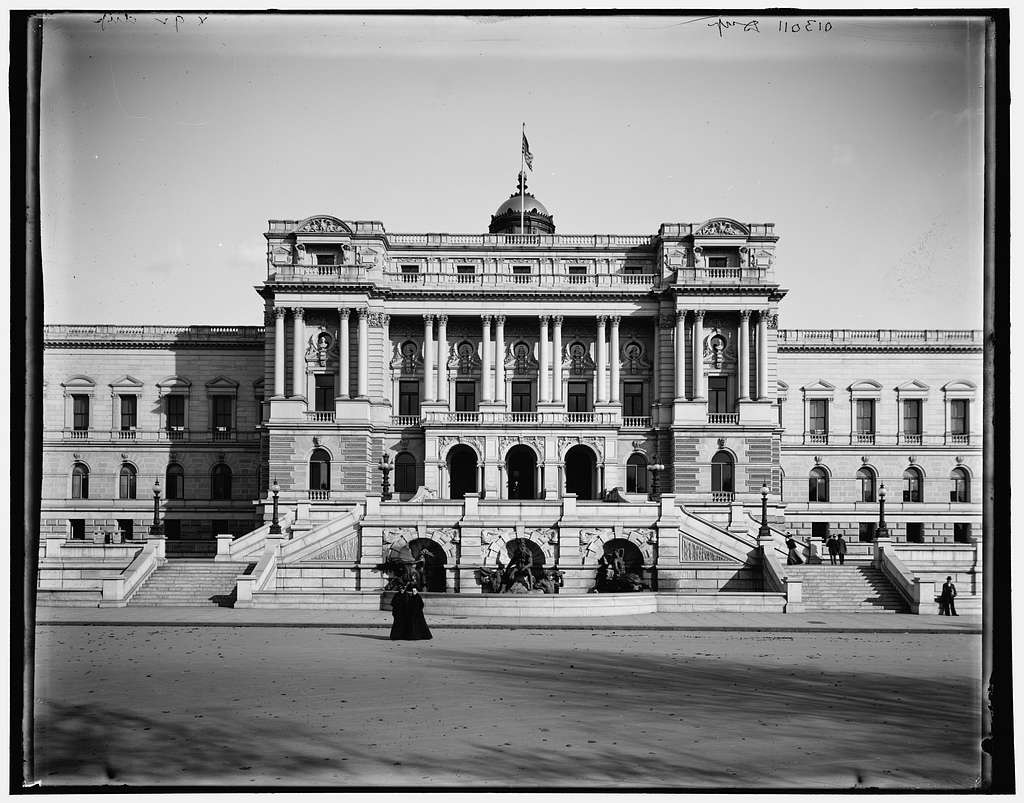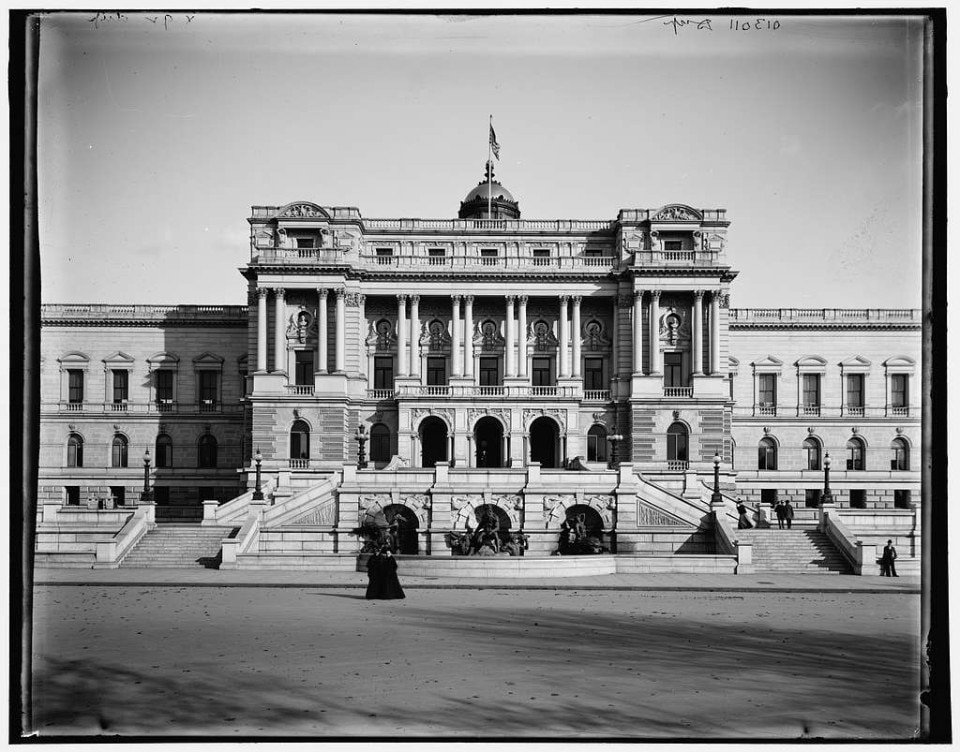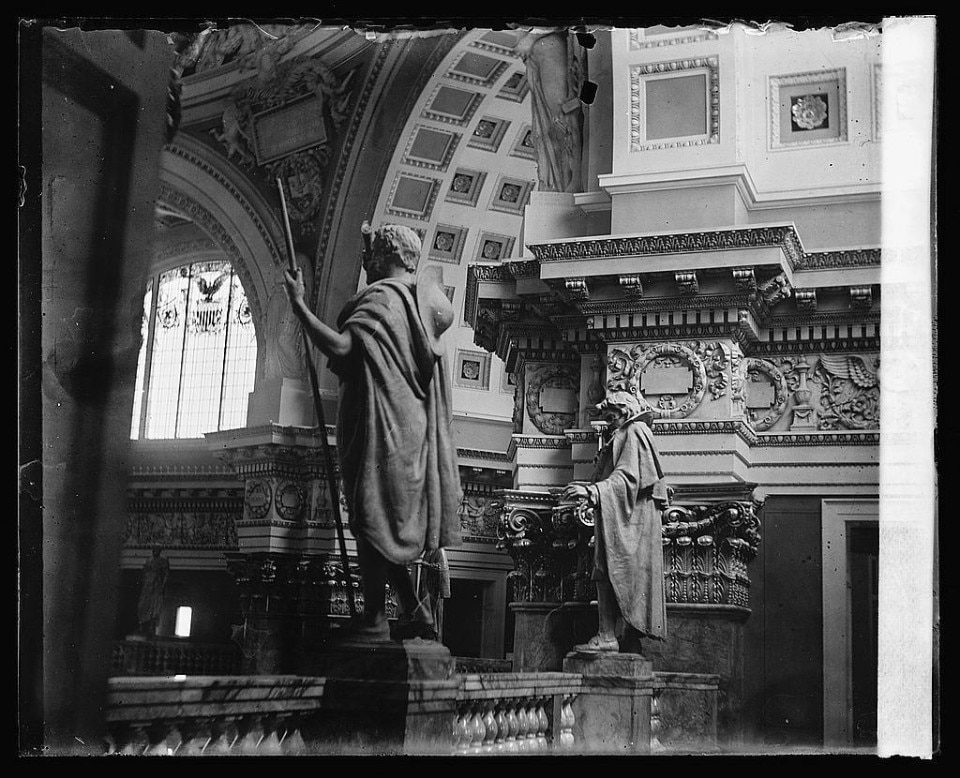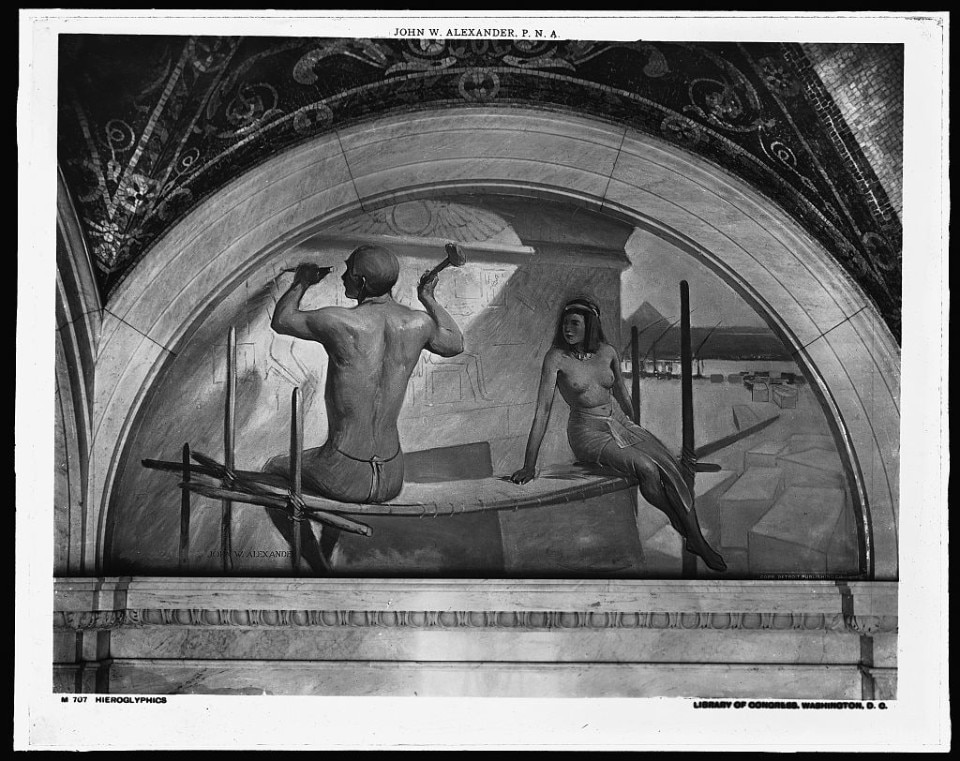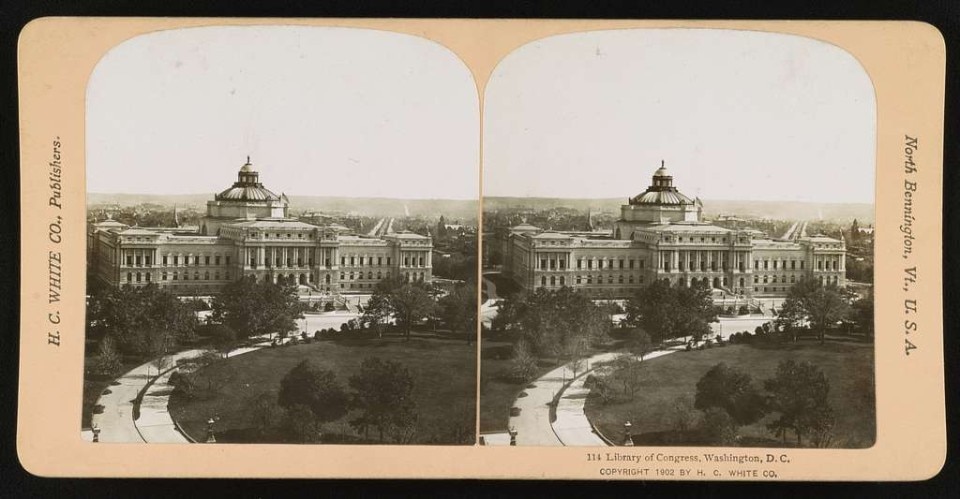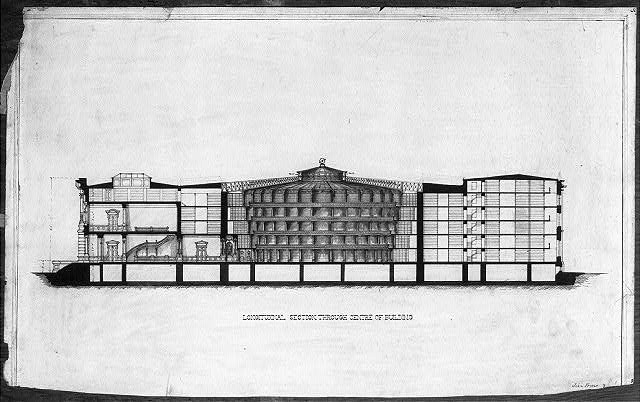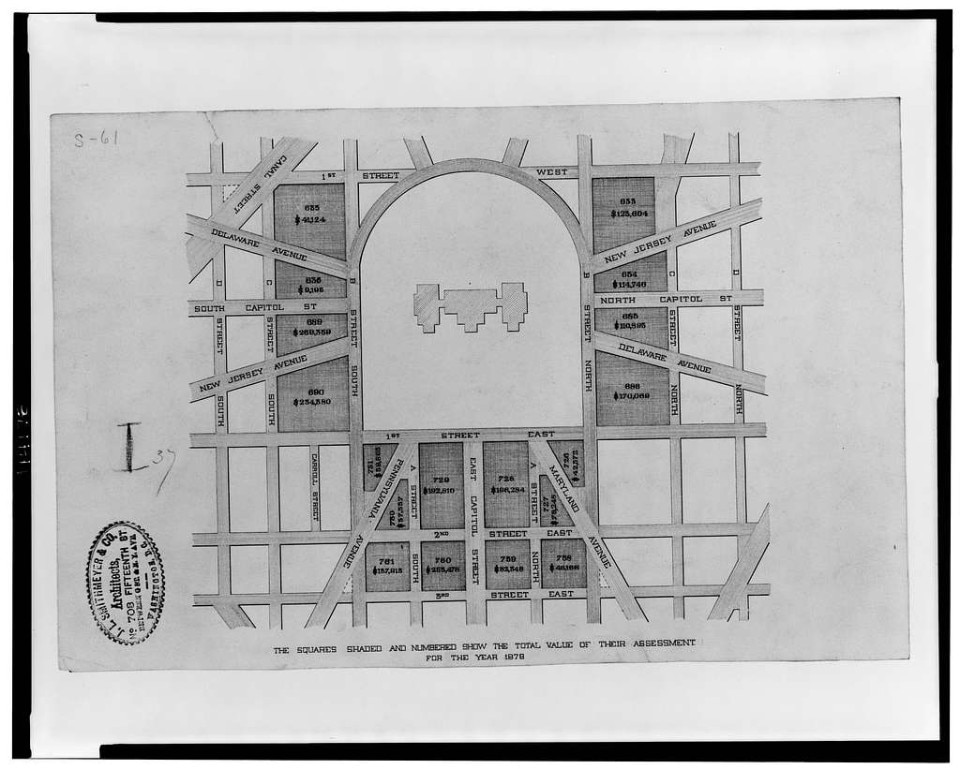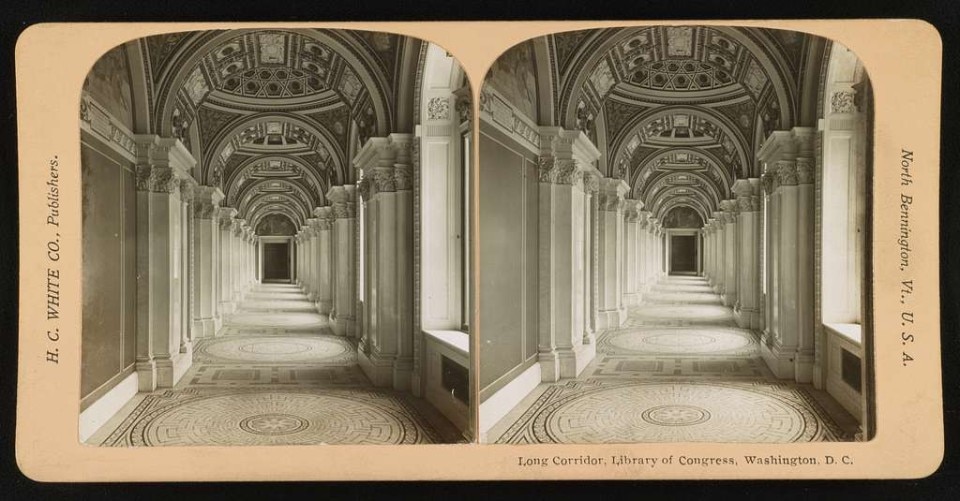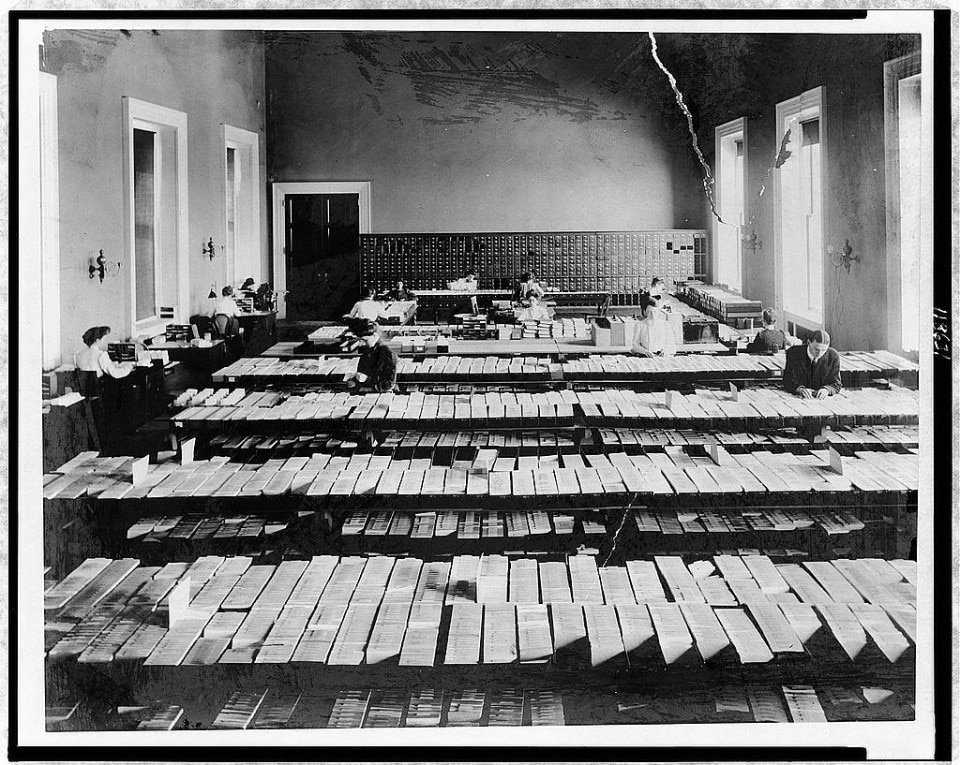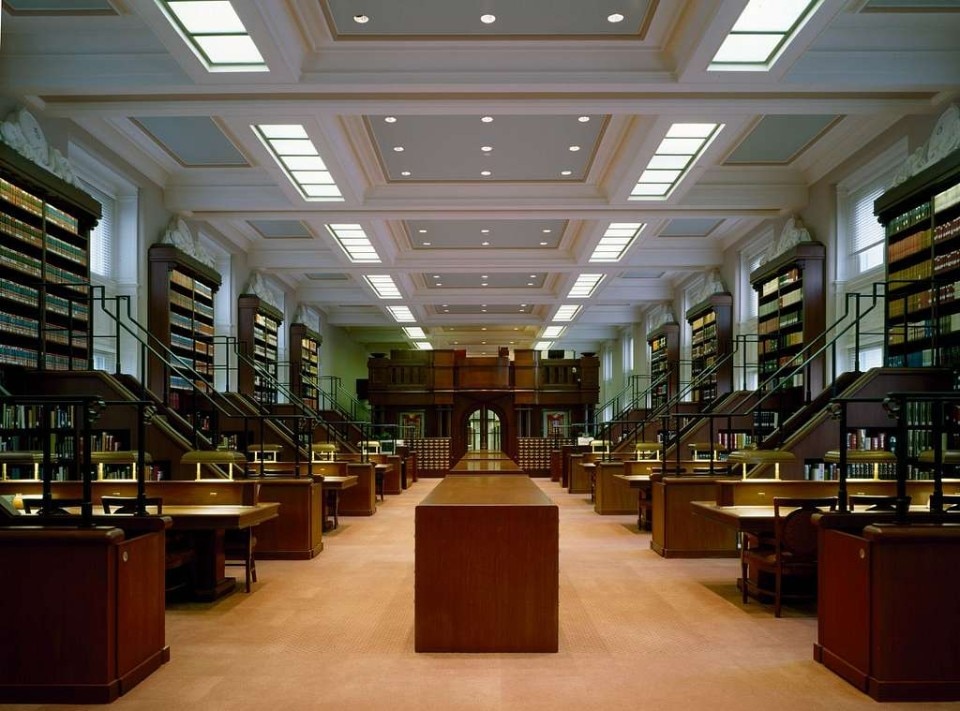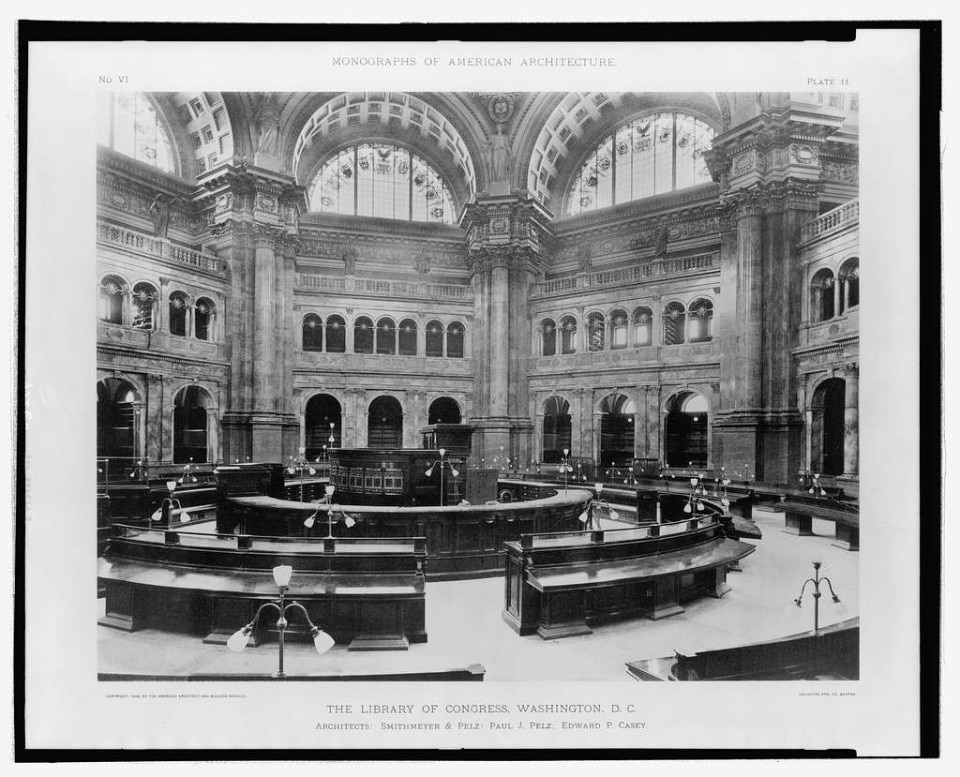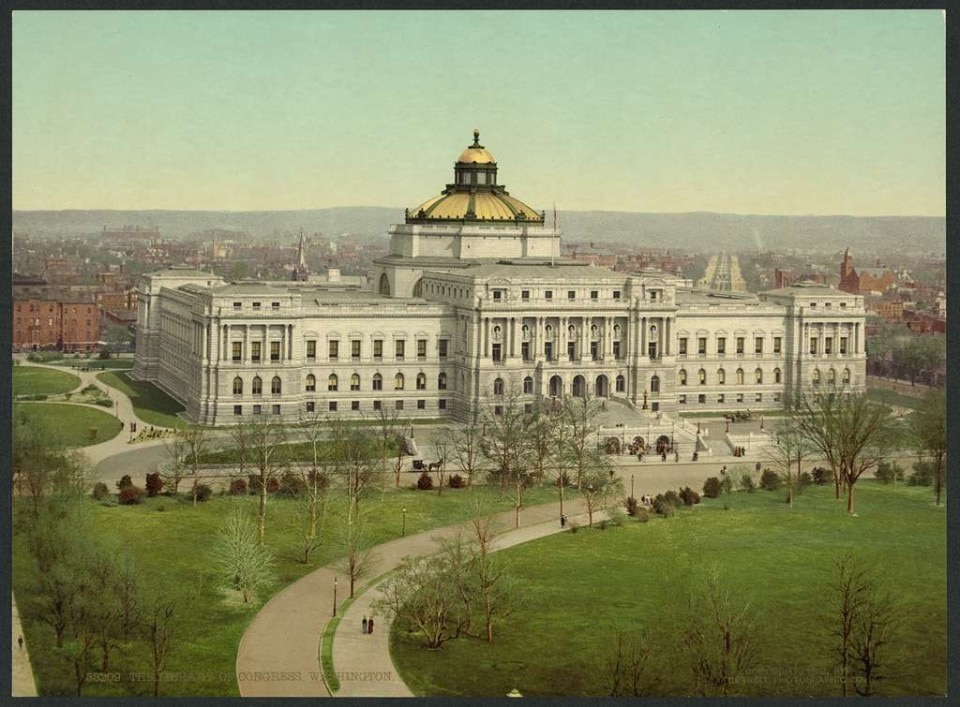The Library of Congress in Washington D.C. is the largest library in the world. This vast repository of knowledge and creativity was established in the 1800s, when US President John Adams signed a law to transfer the US government to its current Capitol Hill headquarters.
From the collection of American statesman Thomas Jefferson to contemporary books, the world's largest library now includes about 32 million books catalogued in 470 languages, over 61 million manuscripts, the largest collection of rare books in North America, one million journals published worldwide over the past three centuries, one million newspapers, 120,000 comics, 5.3 million maps, 6 million music scores, as well as prints, photographs, audio recordings, architectural drawings and artworks. Since 2010 the Library of Congress also archives a selection of tweets made by American citizens and public institutions.
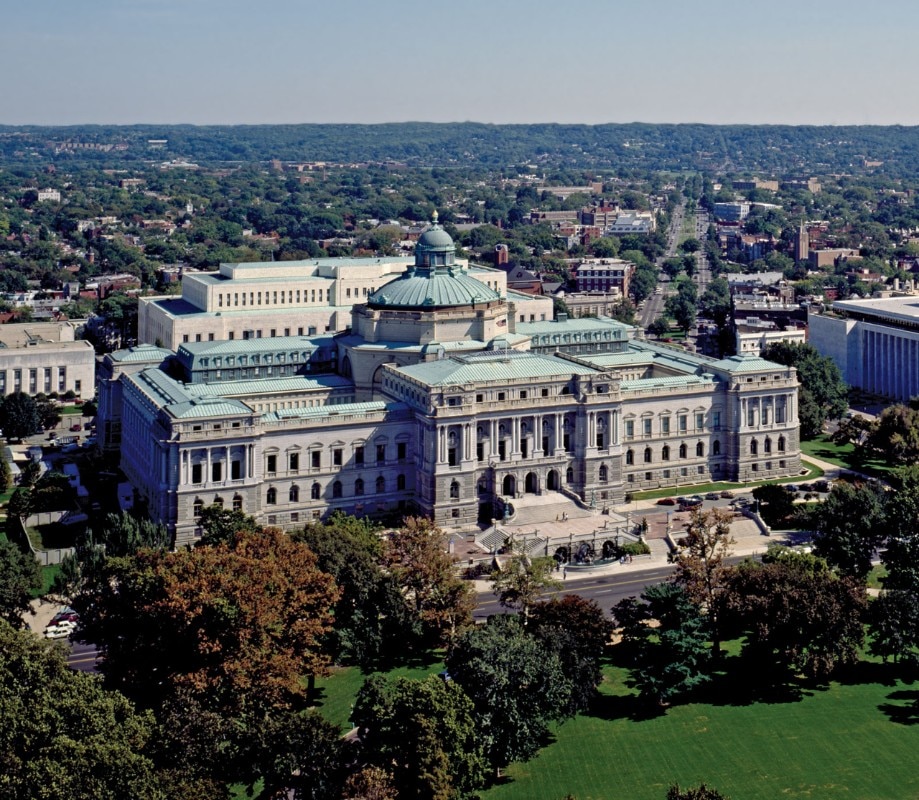
This huge heritage is physically housed in three buildings in the Capitol district, which are connected by underground passageways, so that users can visit them only once through security checks. It is estimated that if all the books owned by the Library of Congress were digitized, as plain text, they would occupy about 20 terabytes of memory: it would be possible to enclose them in a hard disk with a volume of 15 x 10 x 20 cm and a cost of less than 1,000 euros.
What is the future of libraries? The closure of physical locations and the transfer into a new digital environment? Or should they continue to accumulate artefacts? A hybrid answer is given by the New York Public Library (NYPL), a network of facilities distributed in the Manhattan, Bronx and Staten Island neighborhoods, which has over 50 million volumes in total, a number surpassed only by the Library of Congress and the British Library in London. In addition to being a service for the citizens of the Big Apple, the NYPL has also begun a process of digitization, which since 2016 has made available for online consultation about 180,000 documents including maps, posters, hand-written manuscripts, scores, drawings, photographs, letters, ancient texts ...
In 2018 the same New York library also started a project on Instagram called NYPL Insta Novels, making entire books available on the social network, which can be read as Instagram Stories. The texts of the novels – including Lewis Carroll's Alice in Wonderland, Franz Kafka’s The Metamorphosis and Charles Dickens’ Christmas Carol – are accompanied by videos and images created ad hoc by artists and designers, which help and complete the reading.
Inventing new ways of using and involving the public is the challenge of these ancient institutions. The spectacular Tianjin Binhai Library in China, built in 2017 by the Dutch studio MVRDV, does not seem to have succeeded. Although its sinuous lines have attracted millions of tourists from all over the world, the structure houses only 200,000 volumes, while the shelves feature fake book images that don't make them look desperately empty. The building seems to have been designed to be photographed and experienced on social media, rather than actually being used.

Will this be the future of bookstores? We don't think so. And perhaps that's why two of the world's largest libraries were opened in the nineteenth century and are still operating and useful today in their main objective: to preserve and spread knowledge.


